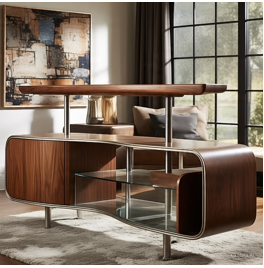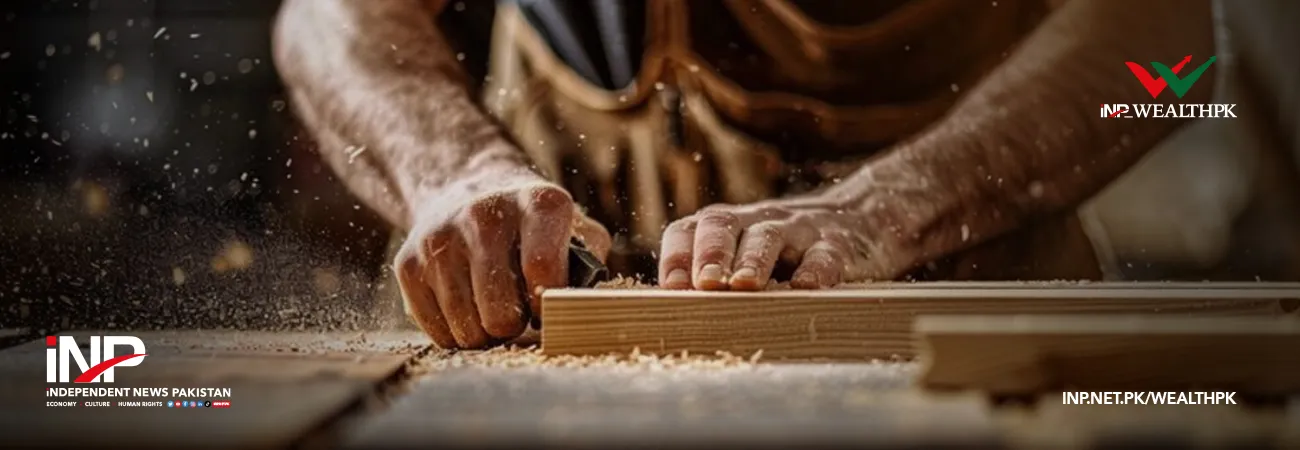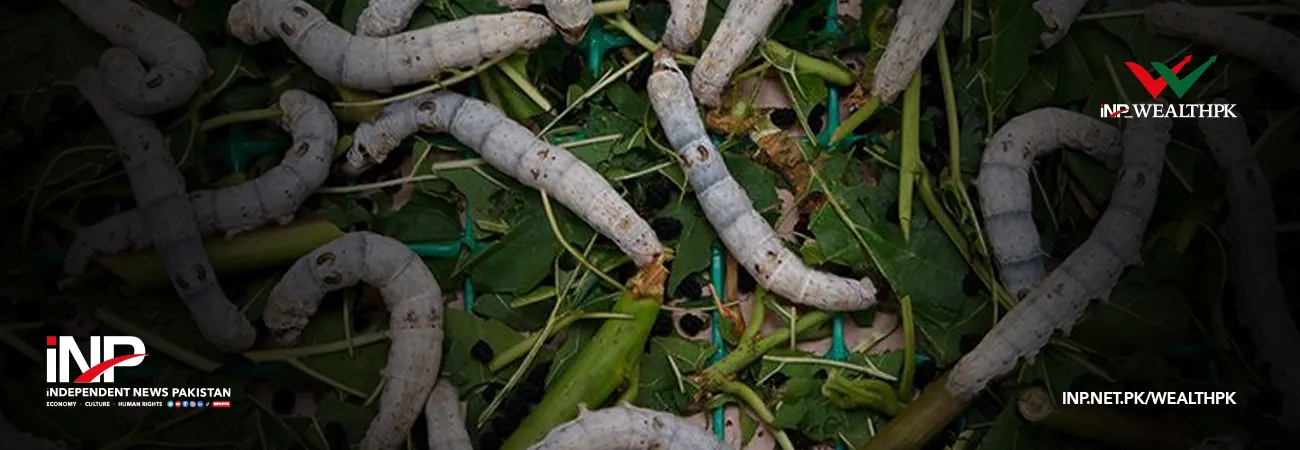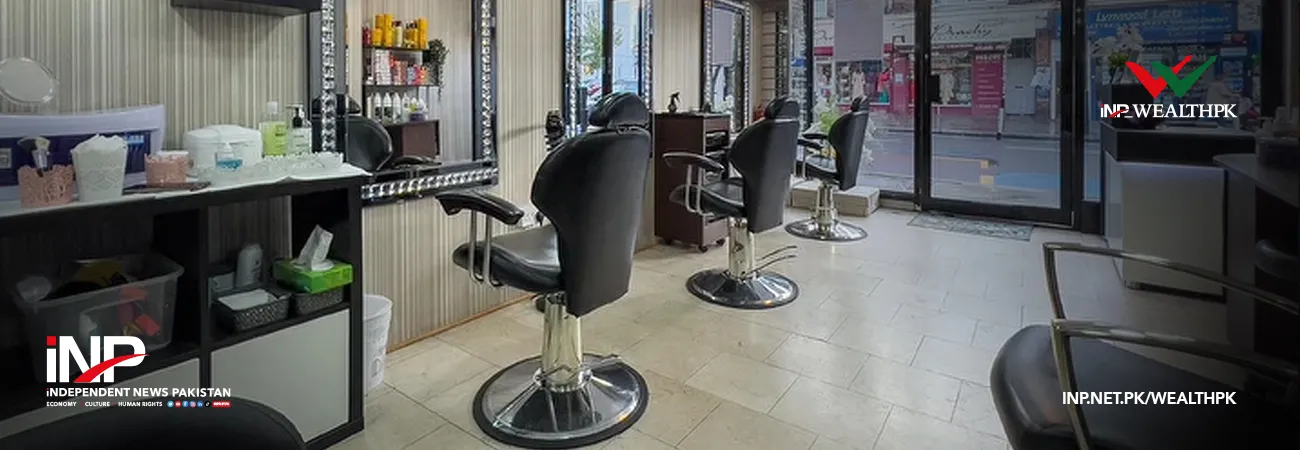آئی این پی ویلتھ پی کے
Muhammad Luqman
Pakistan’s furniture industry, long renowned for its artisanal craftsmanship and extensive use of native hardwoods like Sheesham, is facing a significant transformation amid an ongoing shortage of the prized timber.

The scarcity, driven by deforestation, climate change, dieback disease, and regulatory pressures, is forcing furniture manufacturers to turn toward composite materials and engineered wood alternatives. “For centuries, its durability, grain pattern, and polish-friendliness have made Sheesham a preferred choice for high-end furniture in both domestic and international markets,” said Mian Kashif Ashfaq, Chairman of the Pakistan Furniture Council.
Talking to WealthPK, he said that the drastic decline of Sheesham trees in Pakistan, particularly in Punjab, due to dieback disease, has posed a serious challenge to the country’s furniture industry, which heavily depends on this hardwood. He said that to cope with the situation, the furniture industry is rapidly shifting to alternative woods and even increasing its dependence on engineered woods.
Moreover, Ashfaq said that composite materials, such as MDF, plywood, and laminates, have proven to be practical substitutes for Sheesham wood in Pakistan’s furniture industry, especially for mass-produced and affordable furniture. “However, these materials lack the durability, aesthetics, and prestige of solid Sheesham, making them less preferred for high-end or traditional furniture,” he said.
He said in Pakistan solid wood is much liked due to traditional craftsmanship and preference for long-term durability. “While internationally, composite materials are more popular for their affordability and modern designs, especially in urban settings.” He said that the composite material furniture is less expensive, making it more budget-friendly for mass-market consumers.
Experts believe that fiber-reinforced types using glass, carbon, or natural fibers with thermoplastic or thermoset matrices, can match or even exceed Sheesham wood’s strength and stiffness. “These materials are generally more moisture-resistant, termite-proof, and stable, offering superior durability in harsh environments,” said Dr Raja Waseemullah, a researcher at National Composites Materials Centre, Faisalabad.
He said that the composites can be engineered to be lighter or heavier as needed. Waseemullah said that composites can be coated, embossed or printed to mimic wood grain, but they often lack the authentic natural feel and prestige associated with Sheesham, especially for traditional furniture or artisanal crafts.
He said that natural fiber composites, such as those using jute, hemp, or agro-waste fibers in recycled or bio-based polymers, are becoming increasingly popular as sustainable alternatives. In terms of application, Waseemullah said that composites are excellent substitutes for structural components such as furniture frames, doors, and panels, owing to their superior performance and resistance to environmental damage.
“However, for decorative furniture where the visible natural grain and heritage value are essential, Sheesham wood still remains irreplaceable,” he admitted. He said that wood plastic composites (WPCs) are increasingly being used for door frames, window frames, flooring, and outdoor decking because of their durability, termite resistance, and moisture resistance. These applications have grown mainly in urban housing and commercial projects where maintenance costs are a concern, he added.
However, in the furniture sector, composites have not widely replaced traditional woods like Sheesham, Keekar, or Deodar. Most customers still prefer natural wood for furniture due to its aesthetic appeal, cultural preference, and traditional craftsmanship value. Composites are used more in office furniture, modular kitchen cabinets, and partitions, where laminated boards, MDF, particle boards, and plastic-based panels are common substitutes, Waseemullah said.
Experts believe that the shift to engineered materials marks a departure from Pakistan’s Sheesham-rich legacy while also paving the way for modernisation and sustainable practices. The key challenge for the industry now is to strike a balance between tradition, affordability, innovation, and environmental stewardship.
Credit: INP-WealthPk












